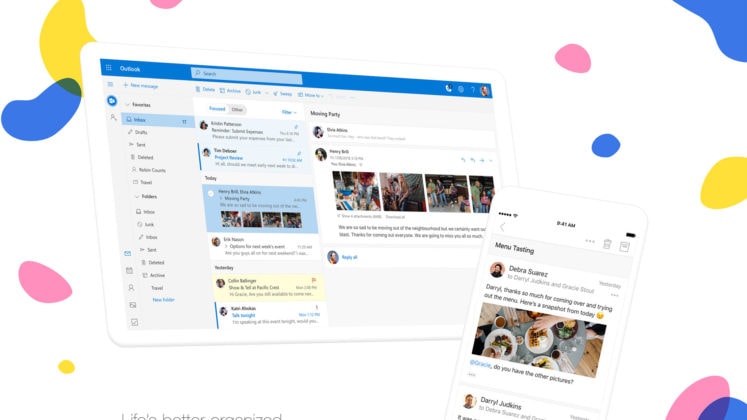Microsoft Outlook is one of the prevalent email client, which is used universally. Microsoft Outlook serves the user-centric features, relaxed to use work in a user-friendly interface, and up to date security improvement. Outlook data files (PST) cover all the mailbox data and its features such as contacts, emails, calendars, etc. Microsoft’s Outlook has enhanced connectivity with other progressive technology. Initially, Outlook users make PST (as an ellipsis for personal storage tables) files to save them from the slow presentation as well as data corruption. Here, we will learn the technique to merge PST files.
In the previous edition of MS Outlook, the users usually face difficulties associated with the PST file size, and sometimes, this issue will lead to ruined performance. But with the advent of the latest edition of Outlook, it becomes quite relaxed to handle large-sized PST files and merge large PST files. But, now the question arises why there is essential to merge PST files. Merging Many PST into one PST will offer some profits to the users. They are:



